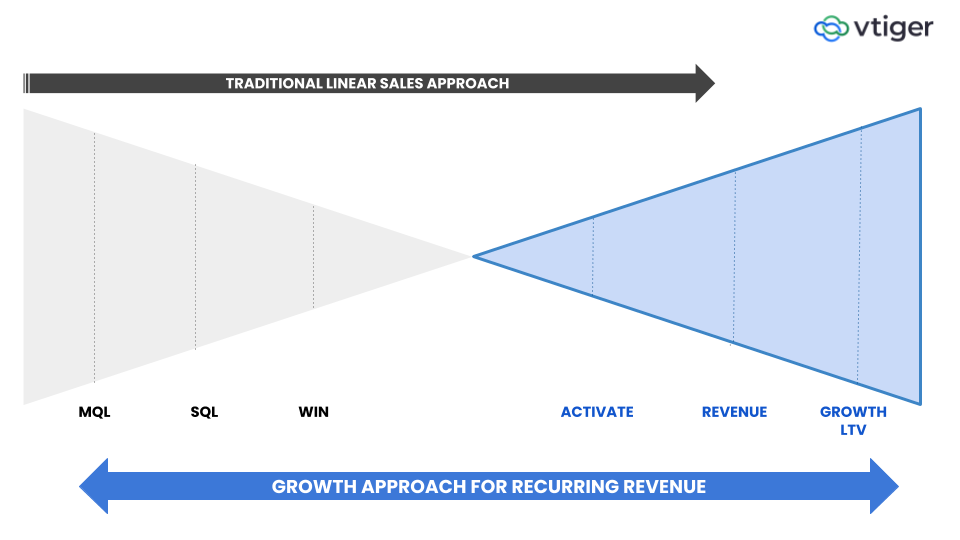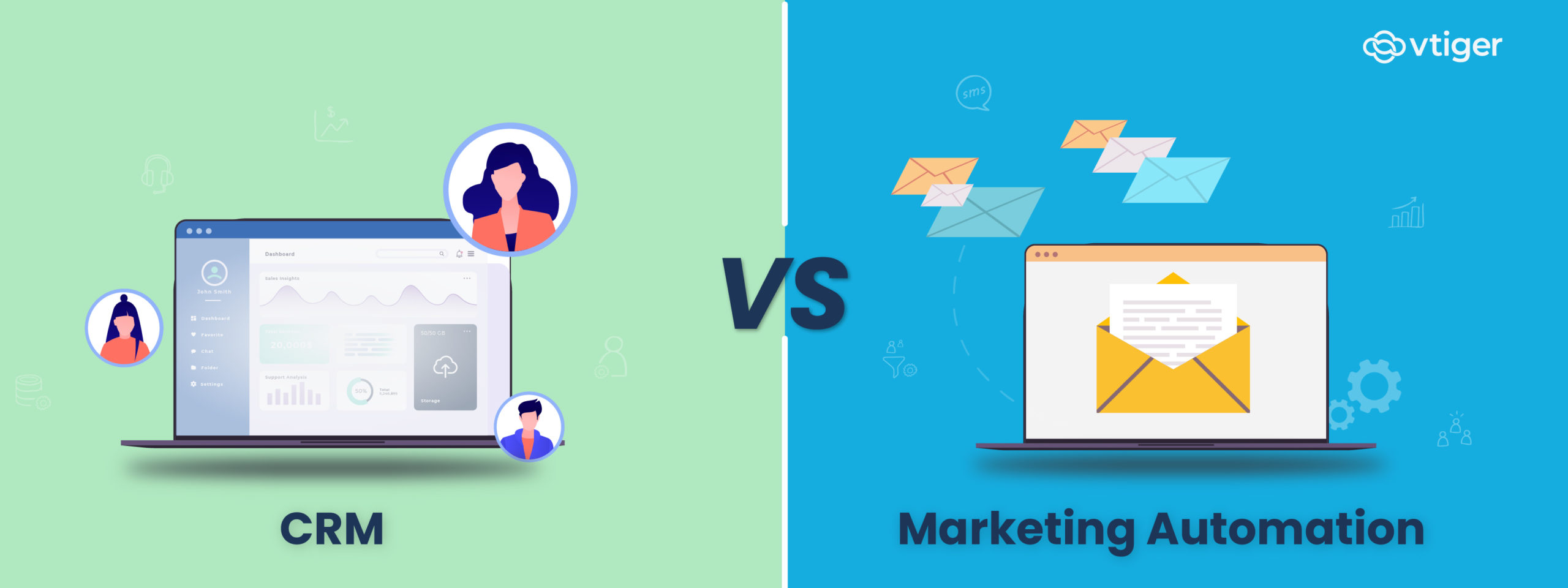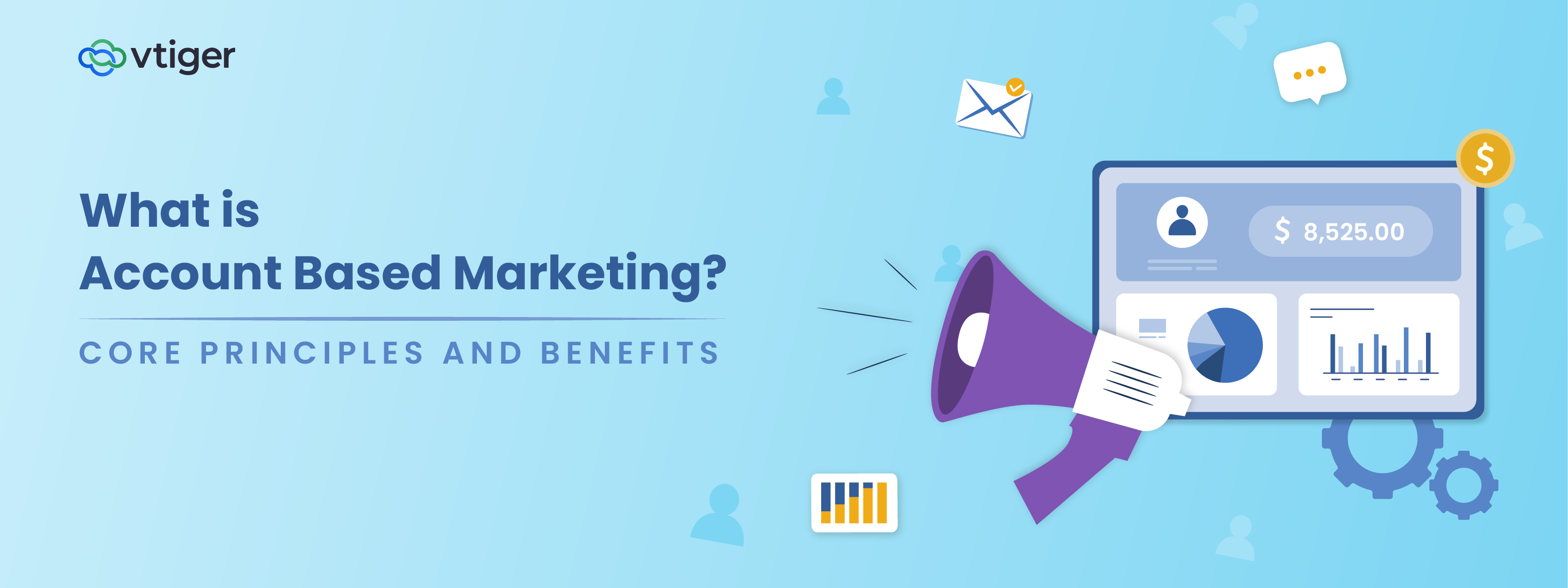
Recurring revenue growth is an outcome of effective lead qualification, not the driver – employee and customer happiness are. This is the first of a three-part series on how SaaS companies can identify the best leads and focus on establishing meaningful relationships with their customers.
Woah, livin’ on a prayer
Take my hand, we’ll make it I swear
(Livin’ on a prayer, Bon Jovi)
“Get me growth,” yells the CEO. “Close those deals double-quick,” screams the CSO. “Fill the funnel,” hollers the CMO. And off we go again.
Sales teams want to close more deals and close them fast. They look to marketing to get them leads. Marketing fires up their creative machinery, lays out a grand lead generation strategy, and everybody gets excited. Attractive (and expensive) campaigns are run, sketchy contact information of hundreds of leads is gathered and handed over to sales.
In turn, sales teams spend all day trying to reach out to these contacts sitting in their database, and nothing happens. Nada. Not a squeak from any of the prospects who should have been just waiting to sign-up. This, sadly, is the story that plays out time and again in companies of all sizes.
Seth Godin, in his short post titled ‘The sales you don’t make’ writes,
It’s extremely difficult to figure out why people walk out of your store, throw out your brochure, leave your site… but in fact, this is fertile territory for dramatically increasing sales. You won’t find what’s broken if you don’t look.
What is broken is ‘lead qualification’. Blind lead scoring based on heuristics is not lead qualification. Gating criteria in your CRM based on past averages is not lead qualification. A faceless contact signing up for a free trial is not lead qualification.
Marketing and Sales teams often fall into the trap of having independent qualification criteria based on their understanding or, worse, assumptions that do not map the customer journey. Qualification is not a one-time activity; it is a process. Customers don’t really follow a linear journey, ticking off activities that qualify them to squeeze into smaller and smaller gates till they buy from the vendor. That is just wishful thinking, but it is the primary approach most sales teams take.
It is poignant that a book about life has the best summary of what sales qualification is really about.
Seek first to understand, then to be understood
~ Stephen Covey (The 7 Habits of Highly Effective People)
To qualify leads, marketing and sales teams should first have an effective mechanism to understand what each person that engages with them needs. Unfortunately, the traditional sales approach, focusing on closing as many leads as fast as possible, often treats qualification as a linear gating system.
Leads are expected to flow only in one direction, and at the point of a win, the qualification stops. In fact, most qualification frameworks still work on this basic assumption. This approach is deeply flawed and especially so in SaaS, where recurring revenue is the primary model.
In SaaS, typically, the revenue is subscription-based, and the client can cancel at any time even after committing. The pricing is usually designed to reduce upfront commitment for customers. In fact, this is one of the core attributes that gives SaaS an advantage over on-premise enterprise software with perpetual licensing. This approach to pricing means that the service provider realizes a profit only 9-12 months into the relationship.
These are the new leads. These are the Glengarry leads.
And to you, they’re gold. And you don’t get them.
Why? Because to give them to you is just throwing them away.
(Character of Blake in Glengarry Glen Ross)
In a study with reputed consulting firm Bersin and associates, Marketing Sherpa found that nearly 73% of B2B leads are not sales-ready. Imagine a situation where the sales team goes after all the leads they get without proper qualifications. You will be staring not only at a low conversion rate but also at a high churn rate. This was a bad enough situation in the world of one-time perpetual license sales where the impact was largely restricted to the top line with low CSAT and NPS. But in SaaS, a wrong sale hurts not just the top line but also the bottom line as the customer can walk away at a moment’s notice without any profit ever being realized, let alone growth.
So why does lead qualification matter, and how does one know if their qualification process is effective?
Why does lead qualification matter?
The simple answer: limited resources and time.
The infinite monkey theorem states that a monkey hitting keys at random on a typewriter keyboard for an infinite amount of time will almost surely type any given text, such as the complete works of William Shakespeare.(1)
Suppose your company had an infinite (or a very large) sales team that incurred close to zero cost in compensation, commissions, and selling expenses. It might make sense to abandon lead qualification and go after every single one you possibly could. This might be a fascinating thought experiment, but business reality requires us to filter out leads that are ready to engage with you meaningfully at the current moment.
Note the emphasis on ‘meaningfully’ and ‘current moment’. I believe there are no good or bad leads. If someone has bothered to check out your website, read a blog post, or click on a mail you sent, they are a lead. They may have no intention of buying anything from you for a long time, but they are still a lead, and you should nurture them – be (very) long term greedy. You, however, shouldn’t spend time and resources trying to sell to them at this point in time.
How do you know your qualification is working?
At Vtiger, we maintain that if your Employee Satisfaction (ESAT), Customer Satisfaction (CSAT), and Net Promoter Score (NPS) scores are high, you know your lead qualification processes are working. There are business metrics like forecasting accuracy and closure rates that also are good signals, but measuring satisfaction levels of both employees and customers gives you a clear indication of how good your process is.
Let us break that down a bit.
Getting your lead qualification right achieves the following:
Improves team morale and engagement: This is the single most important outcome of lead qualification. If you needed to establish a business case for investing in lead qualification, this should be on top of the list. When a sales representative gets rejection after rejection on her reach outs frustration and disengagement are inevitable. Disengaged teams cannot be high performers.
Avoids wasting time and resources: Lead qualification ensures that your sales team is spending their time and resources deeply engaging with those that have signaled their need and intent to have a conversation. You don’t waste time, budget, and company resources.
Reduces chances of missing out on opportunities: When the team stops chasing all leads and focuses on ones that matter, you reduce the risk of missing out on the real opportunities in your pipeline. Without a proper qualification process, the team ends up chasing all leads in their database purely out of the fear of missing out on the right one.
To martyr yourself to caution
Is not going to help at all
‘Cause there’ll be no safety in numbers
When the right one walks out of the door
Pink Floyd (Lost for Words)
Improves conversions and customer satisfaction: When the lead qualification process works well, the sales team engages with prospects who see value in having a conversation with you.
Conversion rate is defined as (Leads converted into Sales)/(Leads)
When you replace Leads with Qualified Leads, the denominator reduces dramatically. Everything else remaining the same; a lower denominator implies a far higher conversion ratio.
(Leads converted to Sales/Qualified Leads) > (Leads converted to Sales/All Leads)
Now that we have hopefully convinced ourselves that lead qualification is essential in the world of SaaS, the next question is how to go about doing it well. In the next post in this series, we look at how to qualify the right leads and, more importantly, how to disqualify the tempting ones.
Notes:
The infinite monkey theorem has several variants. The definition used in this post is referenced from Wikipedia.



